In chemical processing, distillation columns such as de-lightening columns are vital for separating light components from products. These columns often feature configurations with total reflux, where top light components exit as non-condensable gases and condensed liquid is fully returned. Examples include stabilizing columns, stripping towers, desorption towers, and de-lightening columns. This article focuses on de-lightening columns and critically evaluates the necessity of temperature control in their operation, based on both theoretical insights and practical experience.
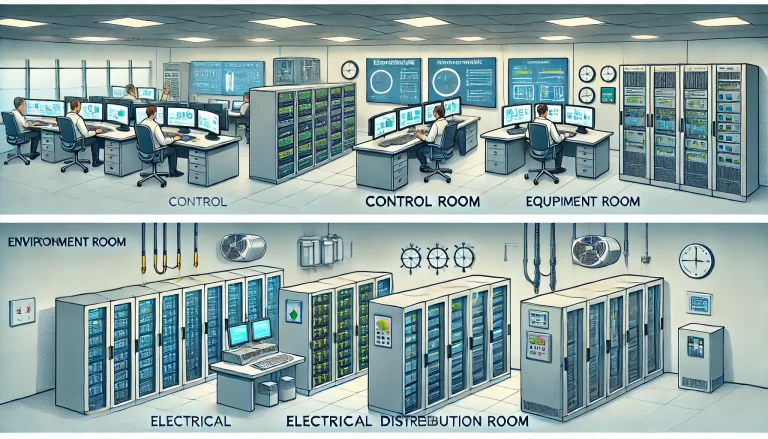
Common Practice: Temperature Control at the Bottom
Temperature control at the bottom of the column is a standard approach in many distillation systems. For instance, stabilizing towers in hydrogenation units, solvent stripping towers in extraction systems, and desorption towers in absorption processes frequently employ bottom temperature control. This approach is often perceived as effective and widely implemented. However, effectiveness does not equate to optimality, especially when the fundamental principles of distillation are considered.
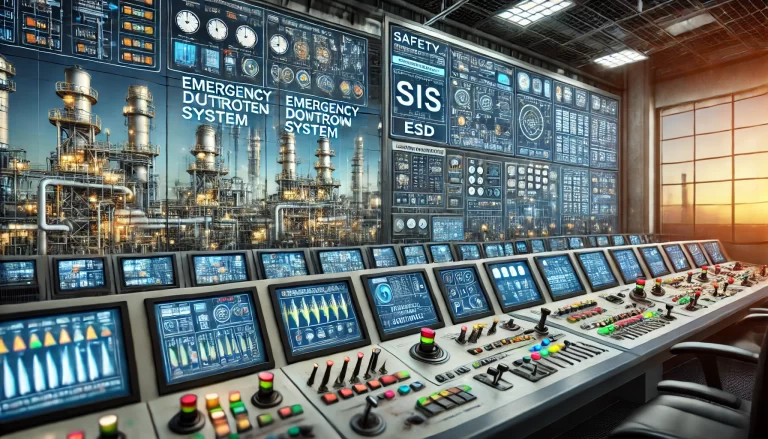
The Case Against Bottom Temperature Control
After extensive analysis and practical experience, it is evident that bottom temperature control is not essential in de-lightening columns. Here are the key reasons:
Limited Correlation with Light Component Removal:
The bottom temperature does not reliably reflect the removal efficiency of light components. The light components in the bottom product are typically present at negligible levels, often in the ppm range, which renders temperature changes undetectable.
Influence of Operating Conditions:
Bottom temperature is significantly affected by column pressure and the composition of the mixed product. Even with stable pressure, variations in product composition lead to temperature fluctuations, diminishing its reliability as a control variable.
Advanced Control Flexibility:
Modern advanced control systems can achieve better results by directly manipulating variables such as reboiler steam flow, bypassing the need for traditional bottom temperature loops.
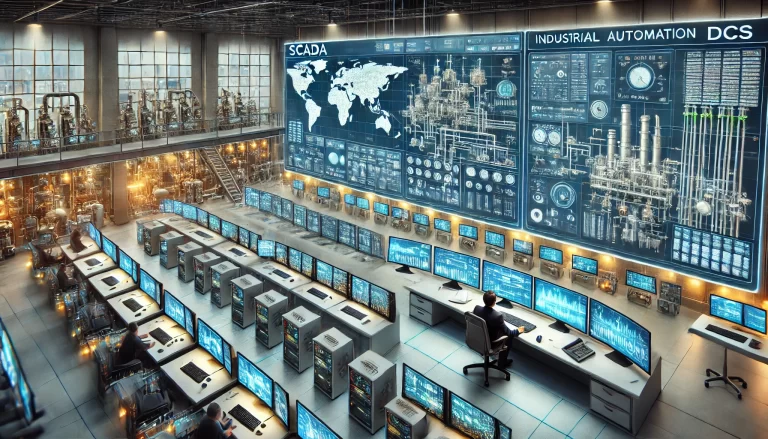
Practical Case Study: Control System Upgrade
In a recent project involving a decade-old chlorohydrin-based propylene oxide plant, we upgraded the advanced control system for a de-lightening column. The original basic control scheme included a bottom temperature control loop. During the upgrade:
The bottom temperature loop was deactivated.
Reboiler steam flow became the primary manipulated variable.
The advanced control system regulated steam flow directly, using a range-based approach to ensure operational flexibility while maintaining process stability.
This transition eliminated unnecessary complexity, aligning control strategies with operational realities and enhancing overall process understanding.

Retaining Temperature Control in Other Systems
Interestingly, in other systems, such as stabilizing towers and stripping towers in benzene hydrogenation units, bottom temperature control was retained. However, this decision was not based on the inherent necessity of temperature control but rather on operator familiarity and legacy system compatibility. Such choices underscore the importance of balancing technical rigor with practical operability during control system upgrades.
Lessons from Experience: Avoiding Form Over Substance
Through multiple projects, one recurrent challenge has been distinguishing between habit and necessity. For example, in two tetrafluoroethylene solvent stripping systems within the same plant, one employed bottom temperature control while the other did not. The differing approaches highlight how adherence to operational habits can overshadow core principles. Effective control system design should:
Reflect a deep understanding of the distillation process.
Promote knowledge transfer to operators.
Avoid unnecessary complexity while ensuring operational resilience.
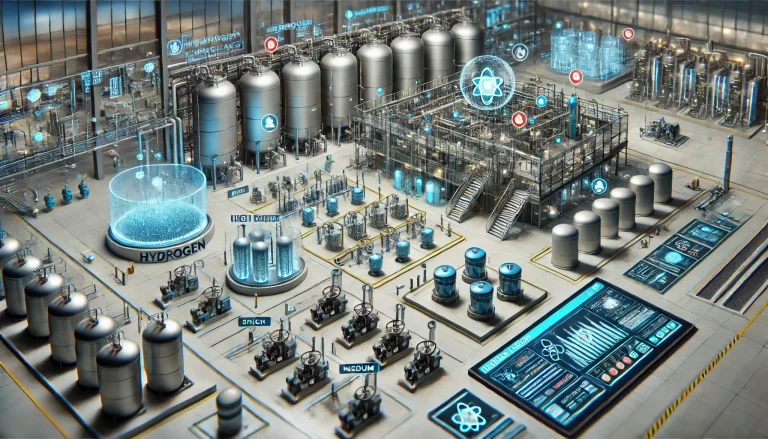
Recommendations for Control System Design
To optimize distillation control:
Prioritize Core Principles:
Focus on control variables that directly impact separation efficiency and product quality.
Enhance Flexibility:
Design advanced control systems with multiple controlled variables to increase system robustness. Avoid coupling between variables to maintain simplicity and effectiveness.
Foster Knowledge Sharing:
Integrate process understanding into control design, enabling operators to grasp the rationale behind advanced control strategies.
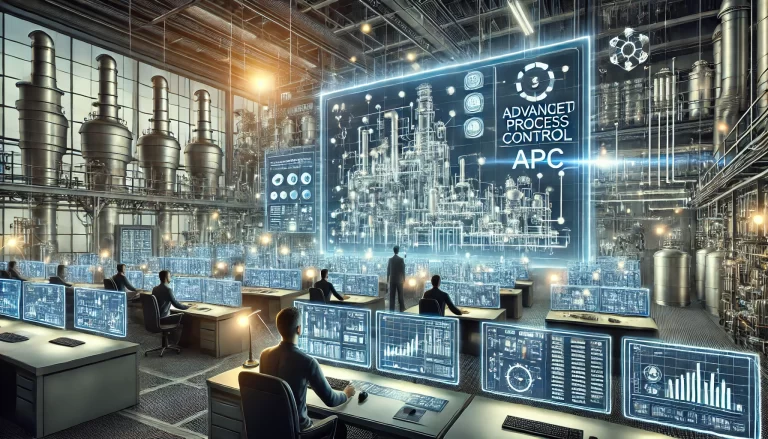
Conclusion: Balancing Simplicity and Adaptability
Temperature control in de-lightening columns, while traditional, is not indispensable. Simplifying control schemes by removing redundant loops can improve system performance and reflect a deeper understanding of distillation principles. Effective control design combines simplicity with adaptability, ensuring that systems align with both operational needs and fundamental process dynamics. By knowing when to retain, modify, or discard traditional practices, we can create systems that are both efficient and resilient, embodying the ethos of “understanding trade-offs, recognizing core values, and respecting the complexity of chemical processes.”
